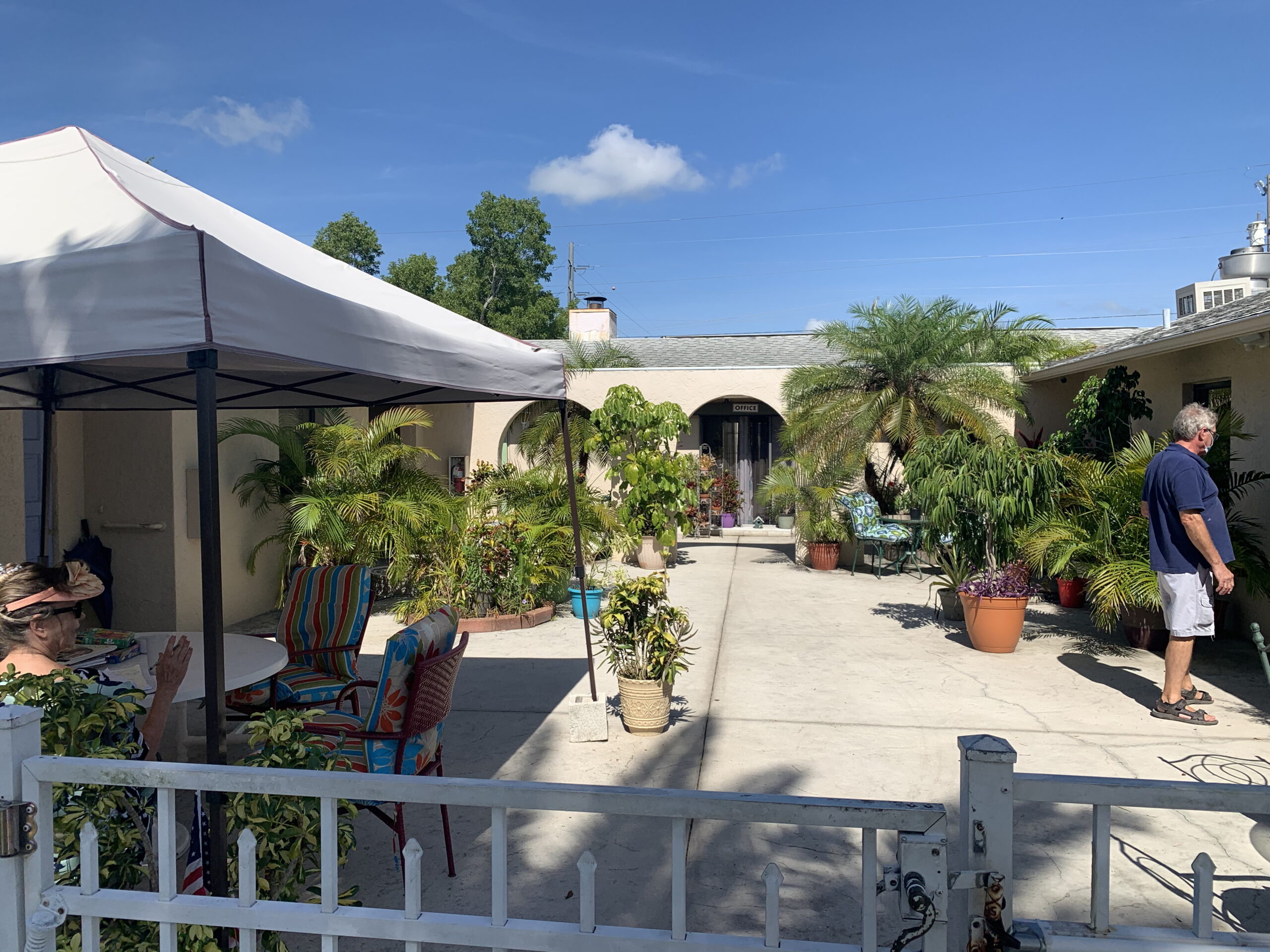Your Journey into the Assisted Living Business
Entering the world of assisted living ownership is both rewarding and challenging. Unlike traditional real estate or multifamily property management, assisted living facilities (ALFs) serve as a lifeline for individuals who need daily support. This is not just about renting rooms—it’s about creating a safe, nurturing environment that addresses the complex needs of residents. If you’re new to long-term care, there’s a lot to learn, but understanding the essential services is the first step toward success.
Assisted Living vs. Traditional Real Estate: A Different Ballgame
Managing an assisted living facility is far more than ensuring that the physical property is maintained. While multifamily property management focuses on rent collection, maintenance, and tenant turnover, ALFs center around resident care, well-being, and regulatory compliance.
Here’s why assisted living is unique:
- Resident-Centered Care: You’re providing 24/7 supervision and assistance with activities of daily living (ADLs) like bathing, dressing, and eating.
- Healthcare Integration: Unlike traditional property management, ALFs require coordination with healthcare providers, pharmacies, and medical staff.
- Regulatory Oversight: ALFs are subject to state and federal regulations designed to ensure resident safety and quality of care. Compliance is critical and requires ongoing education.
The Role of Third-Party Services in Assisted Living
A successful ALF relies on a network of third-party service providers to deliver specialized care and support. These services help facility owners meet the diverse needs of their residents while maintaining high standards of care. Let’s look at some of the core third-party services:
- Home Care Providers: Offer private-pay services like bathing, grooming, and transportation for residents who may need additional support beyond what the facility provides.
- Home Health Agencies: Often funded by Medicare or private insurance, these agencies provide skilled nursing, physical therapy, and wound care under the direction of a healthcare provider.
- Visiting Healthcare Professionals: Nurse practitioners, medical doctors, and specialists such as podiatrists often visit ALFs to provide on-site care, minimizing the need for residents to travel.
These partnerships not only enhance the quality of life for residents but also streamline operations for facility owners by ensuring that essential health services are readily available.
Building a Care-Focused Community
Providing essential services goes beyond physical care—it’s about creating a home-like environment where residents feel valued and supported. Here’s how ALF owners can foster a care-focused community:
- Holistic Care Approach: Incorporate activities that promote physical, emotional, and social well-being, such as group exercise classes, arts and crafts, and social events.
- Engage with Families: Maintain open communication with residents’ families, keeping them informed and involved in their loved ones’ care plans.
- Staff Training and Development: Ensure that your team is well-trained in both caregiving and customer service to provide compassionate, high-quality care.
Why Understanding Long-Term Care is Essential
New assisted living facility owners may be tempted to focus on the business side—occupancy rates, expenses, and revenue. While these are important, the heart of an ALF is its care services. Your success will be measured not just by financial metrics but by the satisfaction and well-being of your residents.
Key takeaways for new owners:
- Commit to Continuous Learning: Long-term care is a dynamic field with evolving best practices, regulations, and resident needs. Stay informed and adaptable.
- Develop Strong Partnerships: Work closely with reliable third-party service providers to enhance care and streamline operations.
- Prioritize Resident Experience: Happy residents lead to a thriving community and positive word-of-mouth referrals.
Conclusion
Owning and operating an assisted living facility is a complex yet fulfilling endeavor. By understanding the distinct needs of long-term care residents and leveraging the right third-party services, you can create a thriving, compassionate community. In the next post, we’ll dive deeper into the specific types of services offered in assisted living facilities and how they cater to residents’ diverse needs.







